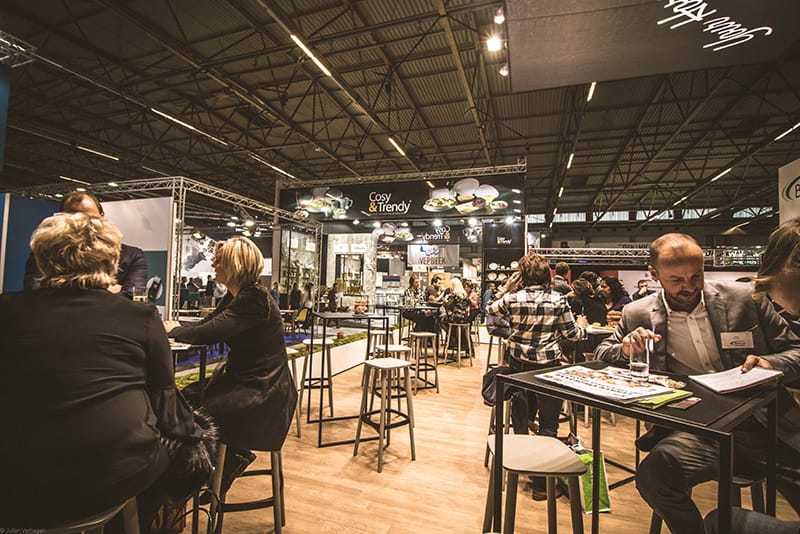KANSAS CITY, MO — When it comes to innovation, everyone knows to think outside the box. But in terms of networking, sometimes it’s hard to get outside of one’s own circle.
After the pandemic halted tradeshows, and video conferences became the new conference table, fledgling brands had to rethink how they made their connections. Networking communities, while still vital, had to be almost totally reimagined.
So, how does an emerging brand go about networking outside the circle when normal no longer exists?
“One thing I always tell people is that when you think a conversation might not be useful, take a few minutes and have it anyway,” said Stephanie Kriebel, CEO and co-founder of Plymouth Meeting, PA-based OMG! Pretzels. “You never know what knowledge that person might have or who they might be able to refer you to.”
While tradeshows are on the comeback trail, it’s important that smaller brands go at them surgically in order to maximize the benefit. Being a “small fish in a big pond” can quickly become chaotic and overwhelming. Without a good networking plan, it’s hard to create meaningful interactions that can yield valuable results.
“What I have found to be effective is to do almost mini-matchmaking conversations, where you’re a brand in a certain space,” suggested Kristin Keller, business development, brands for Mable, a virtual B2B marketplace. “You find other brands who are in that space, and maybe you co-brand. There’s leverage that can be had by equating your brand and grabbing some brand equity from others who have already succeeded in the same space.”
It’s an actionable version of the rising tide that floats all boats. Competition is healthy, especially when the market is healthy, because then everyone benefits.
“Obviously, everyone only has so much bandwidth to help the next up-and-comer, but when community is strong, successful brands remember what it was like when they were the new brand.”
Mable’s marketplace platform is designed to pool collections of brands in a combination of established and new, so it creates unique synergies for those brands to feed off one another.
Other ways brands can find new connections is to look up and down the supply chain. And upcycling’s circular economy is creating a natural haven for it.
“There are so many ways, especially in the baking category, to find ingredients that fit the Upcycled Foods’ classification for certification,” Keller said.
One easy point of entry is to look at local foodservice providers that are throwing out upcyclable foods. It’s an opportunity to partner locally while tapping into something that’s heavily on the radar today, especially for consumers who are conscious of sustainability.
“Upcycling is ‘of the moment’ right now, Keller said. “Because so many people are thinking about things like climate change, food waste and food insecurity. And all these things fit into upcycling opportunities. It’s a great time to reevaluate not only the products a brand is creating but also the supplier relationships that are getting them there.











